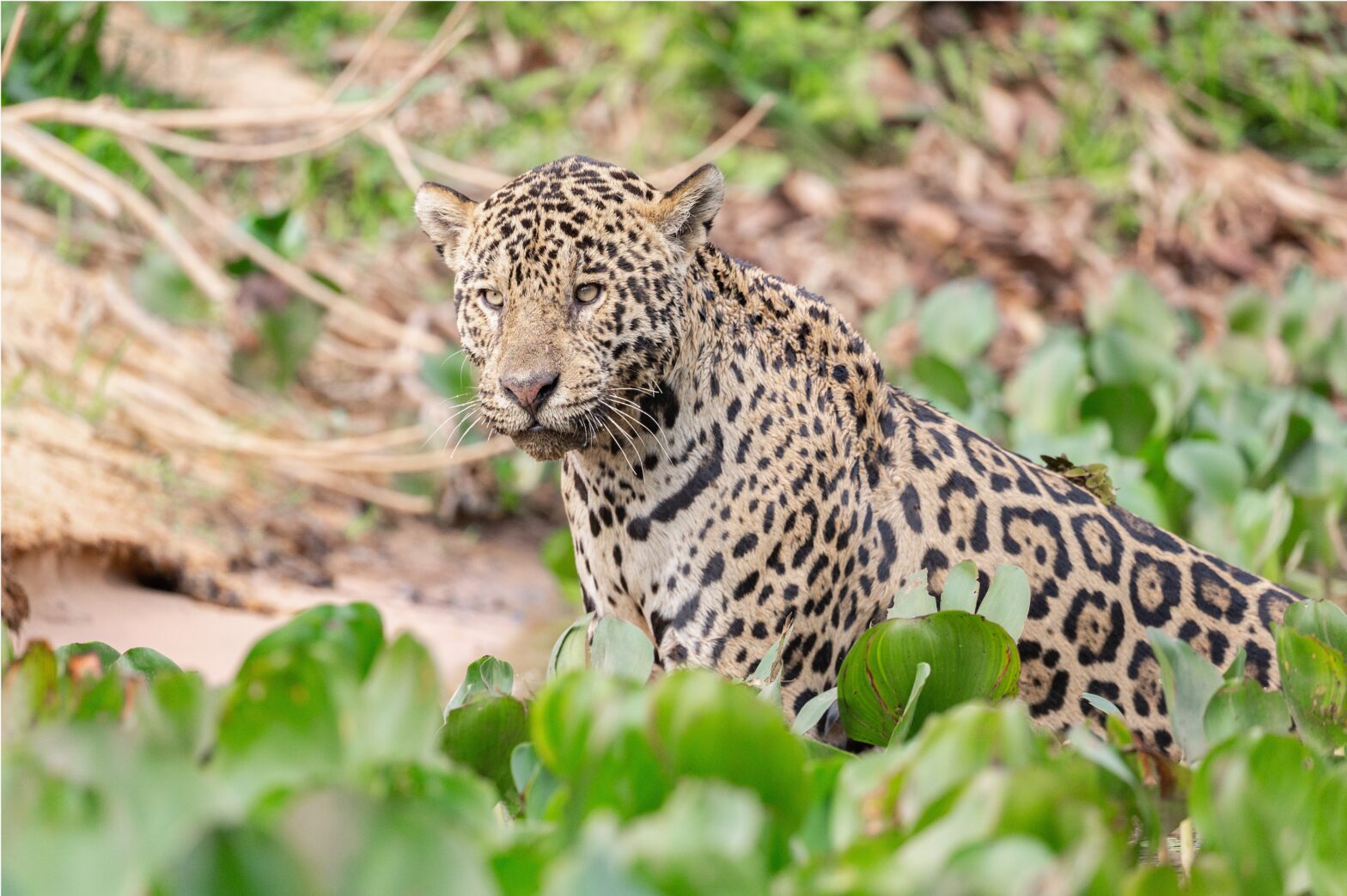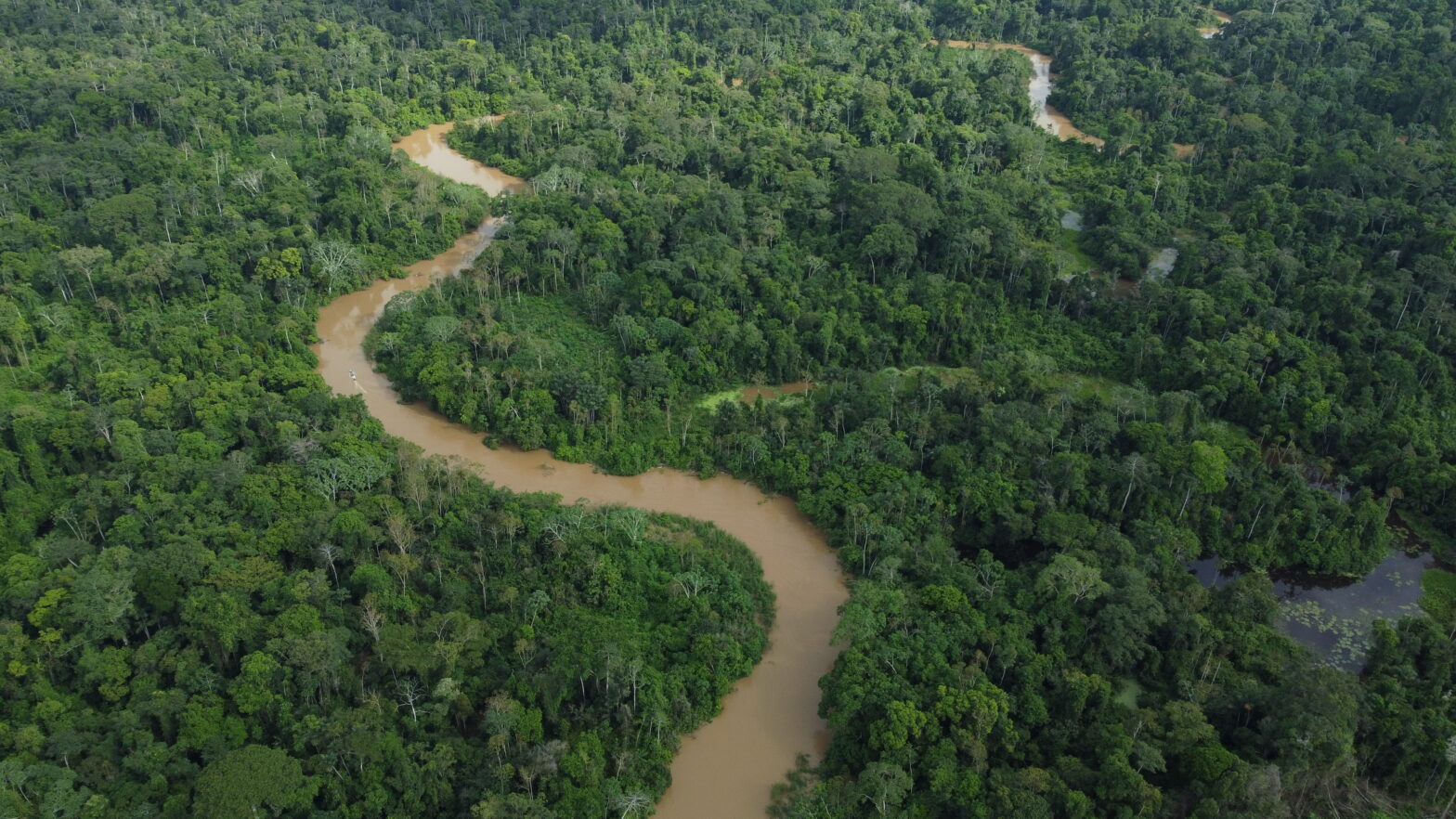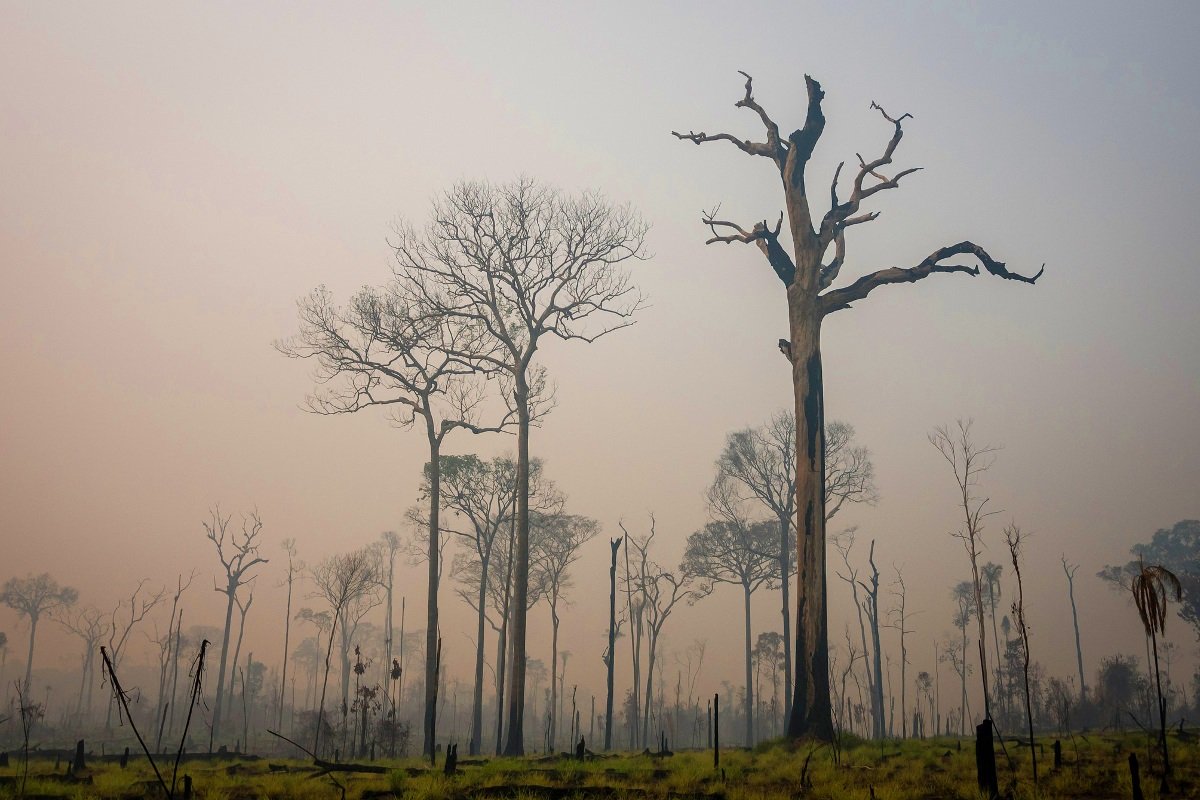Peru has 71 primate species, 8 of which are endemic — all are at risk from trafficking; hunters often target the most endangered species for the pet trade because, being rare, they earn the biggest profits.
Perú tiene 71 especies de primates, de las que 8 son endémicas – todas en riesgo de tráfico; cazadores a menudo los comercian como mascotas, lo que les trae mayores beneficios.
Lima’s central markets are famed for sprawling mazes of interconnected shops, organized by product; this block for shoes, that for textiles. At the heart of this bustling district, there is also a niche for the sale of animals — but not your typical kitten or puppy. Sellers push macaws intended as pets; frogs peddled as aphrodisiacs; monkeys purchasable for a price — with only cursory attempts made to conceal blatant ventures into the illegal wildlife trade. Police vigilance has repeatedly closed these shops, but just as often they’ve reopened, though proprietors are increasingly cautious.
Each store’s doorway leads to a long central corridor, with tiny rooms sprouting on either side. Dark, narrow staircases go to the upper floors. “That’s where they keep items they cannot openly sell,” said my friend, a biologist born and raised in Lima. We had just entered the market, pretending to shop for a pet monkey.
We viewed hundreds of ornamental birds — finches primarily — in cages. But no exotic animals were in view. Innocuous questions to one storeowner were received in stony silence. Another refused to answer even simple queries regarding the price of puppies. The stubborn reticence of vendors created a palpable tension. So no one was sad to see us leave.

Outside, a man approached and offered us his services, sotto voce. Anticipating a lead, we asked after a small monkey to buy as a pet. He listened, nodding in agreement as we described what we were seeking. He opened his mouth to speak, then glanced behind us, spun on his heel and left. Turning, we saw that one of the pet vendors had come out into the street. She must have signaled — these people, meaning us, were not to be trusted.
That’s when we noticed the graffiti on the door next to her. It read: “No queremos sapos.” Slang for, “We don’t want snitches.” The message was clear: the vendors had seen right through our clumsy attempt to pose as shoppers seeking a pet monkey.
Some blocks to the east is another market, called La Parada, where members of local wildlife rescue NGO Neotropical Primate Conservation (NPC) experienced a more shocking and “fruitful” visit in June 2015.
“We found hundreds of frogs and toads waiting to be skinned and blended alive to prepare a supposed aphrodisiac,” reported Noga Shanee of NPC. “We also found parrots, dozens of skulls and dried skins of monkeys and other animals, including llama fetuses, anaconda skins, dried bats, Andean condors, deer hoofs and hundreds of other wild animal parts.”
Undoubtedly, we could have found our “pet monkey” there, had we been the right sort of customer. But La Parada is no place for casual shoppers: the market saw severe riots in which two people were killed in 2012 when the government tried to relocate its vendors.
Traffickers target Peru’s rarest primates
Peru is a signatory of the Convention on International Trade in Endangered Species (CITES), and while some sanctioned breeding programs exist for exporting specific species, the country’s wildlife trade is almost entirely illegal. That hasn’t stopped the traffic from flourishing — in direct opposition to a lumbering, often corrupt, bureaucracy and an ecological police force that is severely understaffed and underfunded.
One of the chief casualties of this burgeoning trade is the Primate Order. Furry, intelligent, slow growing and long-lived — these animals appeal to us, their close relatives, as pets. One need only look at Hollywood’s long history of dressing monkeys in baby clothes, or cowboy outfits, to witness the ongoing fascination by Americans and Europeans who idealize wild primates — a captivation that Peru’s criminal element has cashed in on.

Peru sports one of the world’s most diverse primate assemblages, with 71 species. Eight of these are endemic only to Peru; two are listed by the IUCN as Critically Endangered — the yellow-tailed woolly monkey (Oreonax flavicauda) and the Río Mayo titi monkey (Callicebus oenanthe). Tragically, the rarity of these two Critically Endangered species makes them especially attractive to illegal traffickers, who put a high price on their heads.
“I was fascinated by this large-bodied, charismatic monkey, believed to be extinct in the wild until it was ‘re-discovered’ by a 1974 expedition,” Anneke DeLuycker told mongabay.org, referring to the yellow-tailed woolly monkey.
Deluycker is a biological anthropologist at the Smithsonian-Mason School of Conservation, and has spent several years in Peru surveying endangered primates. Peru’s O. flavicauda faces a “fairly severe” threat from hunting, although not as extensive as compared to the bushmeat trade in African primate species.
“There is heavy hunting by the Aguaruna indigenous communities, for food and for ceremonial clothing [including headdresses]. However, populations of Oreonax are becoming scarcer, so the Aguaruna are having difficulties finding the [animals] within some indigenous communities,” said DeLuycker. “Even low hunting rates could strongly impact Oreonax populations, which are already at low numbers and at low densities.”
Twenty-three yellow-tailed woolly monkeys were found in a survey of markets in the Amazonas and San Martin regions conducted from 2007 to 2011 by Noga Shanee and other wildlife conservation experts. NPC’s Sam and Noga Shanee estimate that only 10,564 to 88,622 individual Oreonax remain in the wild — a reduction of 46 to 93 percent of the species population since 1981.

Hunting and “its large body size, low density, low reproductive rate, restriction to cloud forests and its limited geographic range, combined with a high rate of deforestation in the region, make the species especially susceptible to extinction,” verifies Deluycker. Trafficking could very well push this primate past a tipping point into extinction.
Deluycker also conducted the first field study on the Critically Endangered Río Mayo Titi Monkey in 2004. “Titi monkeys are fascinating because they are the only diurnal primate with a pair bonded social organization that exhibits strong male parental care,” she explained, a fact that inspired her 18 month study of the animals in the tropical forest of the Alto Mayo, near the town of Moyobamba in northern Peru. She concluded that this species could be found today in no more than 1,800 square kilometers (695 square miles) of forest, most of which is highly fragmented.
“During my field work, one [animal was] hunted by a local mestizo population and killed as food for their dogs. I didn’t see any in markets during my studies, but I heard from locals that the [monkeys] are captured for the pet trade and sold in local markets,” said Deluycker.
Other researchers have seen a live family of C. oenanthe trapped in the Río Mayo Valley and sold for less than $10 US each. The Shanees found 18 C. oenanthe in local markets, likely vended for the pet trade, not as bushmeat. This may seem like a small number, but when a species is so seriously endangered, every individual counts.
Primate trafficking for the pet trade: numbers and routes
The pet and hunting trades are inextricably linked in the case of primates. Bushmeat hunters often kill parent animals for food, then bring home the infant or juvenile primates that they then sell to the pet markets. A 1991 study on woolly monkey hunting in Peru revealed that two-person hunting teams regularly hunted as many as 12 animals in a single group and at least 10 females were killed for every infant sold as a pet, with this ratio increasing for juveniles.

Generally speaking, the most common primates are hunted as bushmeat, while rarer or more charismatic animals are collected for the pet trade. A detailed analysis of hunting activity at four sites in the Loreto Department of Peru in 2001 estimated that the rural and urban markets in Iquitos sold ~28,000 primates annually as bushmeat. These were valued at US $106,000, which accounted for 7 percent of all bushmeat sold in the area. The same study found, however, that only 0.4 percent of primates hunted as bushmeat were sold in the Iquitos markets.
Noga and Sam Shanee, along with veterinarian Patricia Mendoza, have put together a comprehensive account of trafficking routes of wild primates in Peru primarily destined for the pet trade. Between April 2007 and March 2015, they monitored primate trading in wildlife markets, and to zoos and circuses, as well as participating in control operations. Together, they concluded 686 market checks, some of which were conducted under the auspices of the Wildlife Conservation Society’s Wildlife Health and Health Policy Program.

“It is impossible to know exactly how many [primates] are being sold, because half of the selling is clandestine, and half is open,” Noga Shanee told mongbay.com. Most often, the animals visibly displayed in a stall were not particularly exotic, but served as an advertisement for other bushmeat or pets available for sale if a client made a special request.
“We saw 6,872 animals, which means we were getting really low detection rates,” said Shanee. All the animals being sold as pets were young. One particularly egregious wildlife market called Bellavista, located in the town of Pucallpa, averaged sales of about 42 monkeys for the pet trade alone per week, according to Mendoza’s detailed surveys. (That illegal market has since been leveled by the government, after heavy lobbying by the Shanees.)
The Shanees and Mendoza use the hunting estimates in Loreto in conjunction with the results of their surveys to estimate that more than 35,000 individual primates are likely sold for bushmeat in the Loreto and Ucayali regions alone, with nearly 200,000 primates likely involved in both the pet and bushmeat trades each year.
As a result, slowly reproducing primates, such as the common woolly monkey (Lagothrix lagotricha) and the spider monkey (genus Ateles) are put under severe strain. A woolly monkey is worth several hundred soles in the pet market; when hunters decide on a target, they maximize their profit by focusing on an adult for meat, accompanied by an infant for the pet trade.
The study indicates that most trafficked primates are harvested from the country’s eastern forests, and then moved to the western coastal cities for export. The numbers of primates being trafficked today are believed to be on par with the levels before the ban on wildlife trafficking was instituted in Peru in 1973, when over a hundred thousand primates were exported legally each year for biomedical research in the United States and elsewhere.
The unsustainable primate pet trade
The new study reveals the harsh realities of the day-to-day pet trade. Most primates that are to be sold as pets are kept in poor conditions — held in cramped cages or collared and tied to a post, underfed, and often on the brink of exhaustion and collapse. Over 66 percent of pet primates are infants, juveniles or sub-adults — so at a time in a young primate’s life when social interaction matters most, the animal is singly housed, in isolation from family.
Despite the severe hunting of many endemic species for meat, it falls to two lesser-known primates to be the most sought after for pet markets. Mendoza identified Goeldi’s monkey (Callimico goeldi) and the emperor tamarin (Saguinus imperator) as the two most valued monkeys at source markets, costing S/200 (US $67) and S/500 (US $167) respectively. These animals earn the big bucks with their handsome good looks and inimical charm.

“According to our records, monkey prices in Iquitos (Belen market) which is a primary source, rank between S/15 [US $3] and S/90 [US $30], and in Pucallpa, between S/40 [US $14] and S/160 [US $53], with the C. goeldii and S. imperator as the only primates above that,” Mendoza told mongabay.com.
Prices are much higher along the coast than in interior markets, where a spider monkey can cost S/600-900 (US $200-$300). Mendoza has confirmed with traders that they will personally escort callimico and emperor tamarins all the way to market, since the sale of just a single animal can earn profits exceeding S/1,000 (US $333).
The government’s response
According to a 2012 study by Elizabeth F. Daut, of the College of Veterinary Medicine at Texas A&M University, Peru is “an archetypal example of a megadiverse Neotropical country with a thriving illegal wildlife pet trade designed to fulfill demand from domestic consumers, particularly in urban areas.”
Despite the rampant international export of primates for biomedical research in the 1960s and 70s, according to the Ministry of Agriculture in Peru, the nation is not a major exporter of exotic animals internationally — legally speaking, that is. Peru permits the selected export of certain species on a quota system. Theoretically, local exporters to domestic markets could also apply for permits to extract primates for sale legally, within this framework. However, that virtually never occurs, according to an official from the Administración Técnica Forestal y de Fauna Silvestre who spoke with Daut. Thus, in the eyes of Peru’s government, all domestic wildlife trade is illegal, falling outside of any legal framework for regulated extraction of animals from forests for trade.

When it comes to enforcement, the government faces a daunting task. It possesses a local population with a fondness for pet primates that often subverts the law and defeats attempts by the severely understaffed ecological police to deter the wildlife trade.
A member of the National Police of Peru who has spent 25 years combating illegal wildlife trafficking, and who requested anonymity, told Mongabay that: “Indeed all wildlife species, including primates, are being taken from their natural habitat, so quickly by unscrupulous people who sell them illegally and only seek monetary gain — which is why we have increased the penalties in the new criminal code, up to deprivation of liberty.” He confirmed that primate species are facing population declines in the wild due to the unrestrained trade in pets, in bushmeat for consumption by hunters, and also for sale in food markets.
When asked what difficulties the government faces and how they could be overcome, he shared his opinion that “[the government] should have a budget specifically designed to stop this illegal activity, and also logistics and specialized personnel from relevant sectors.” He strongly urged the need for environmental education, to build an awareness among the general public that wildlife species are not pets and should instead be kept in their natural habitat.
“However,” reported the source grimly, “while this would be ideal, we live in a real world which is totally opposite.”
Peru is a country in flux, faced on the one hand with providing livelihoods for its people — many of whom struggle in poverty — while simultaneously under pressure to not overly exploit the nation’s natural resources. In some areas, gold mining, oil extraction, and/or logging concessions constitute major threats to the environment and wildlife.
But older, more ingrained cultural norms can also deeply affect how a country adapts to modern economic pressures. In the case of Peru’s primates — our charming, long-lived, and closest relatives — old ideas of their value as pets clash with new ideas on their need for protection. Despite the efforts of regulators and enforcers, the judicial system and conservationists, Peru’s primates face a serious threat, with the brunt of the illegal wildlife trade being focused on some of the rarest, most diminished primate populations. Unless action is taken soon, the Peruvian wild may be drained of its primates, with the remainder held captive as pets.

– This report was originally published in Mongabay and is republished by an agreement to share content.





